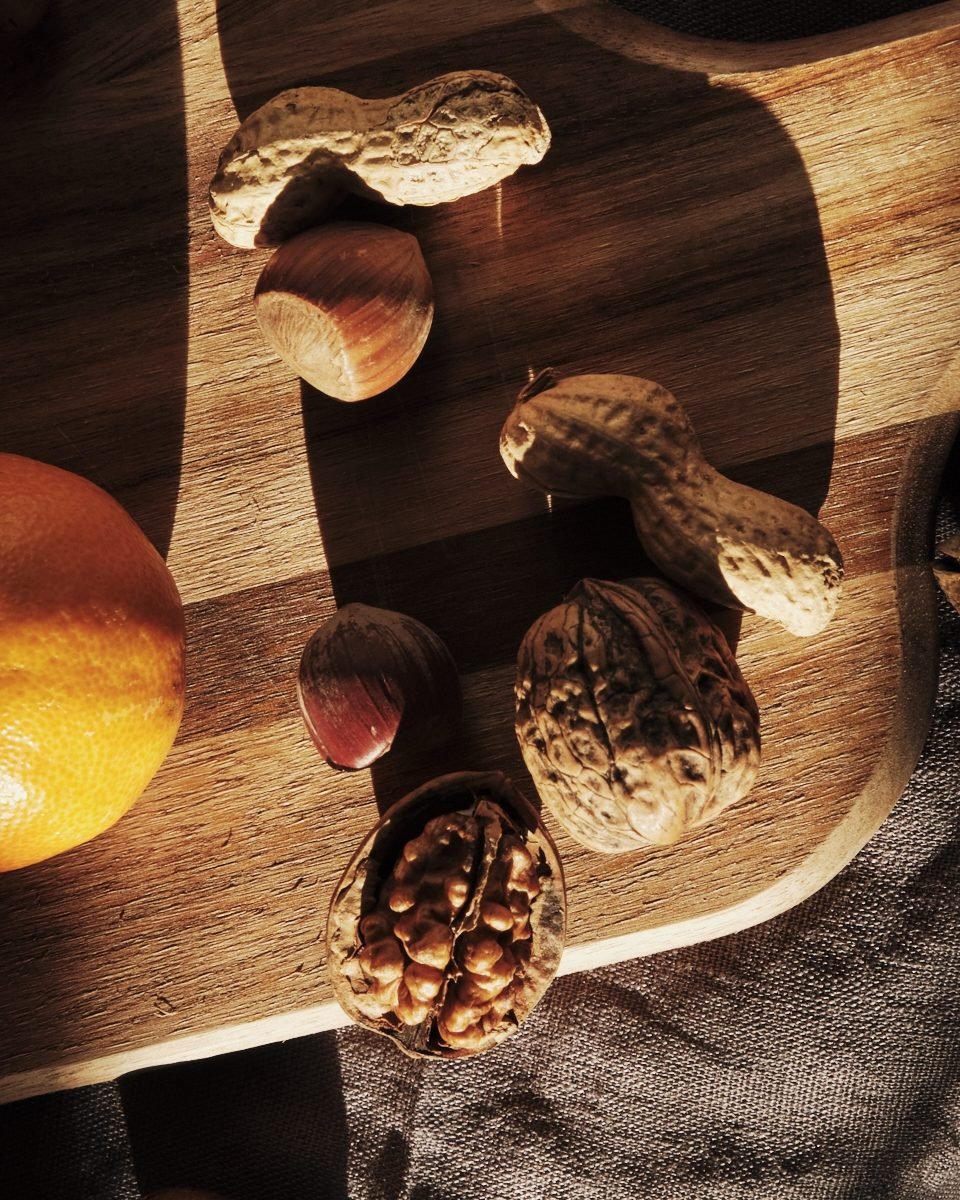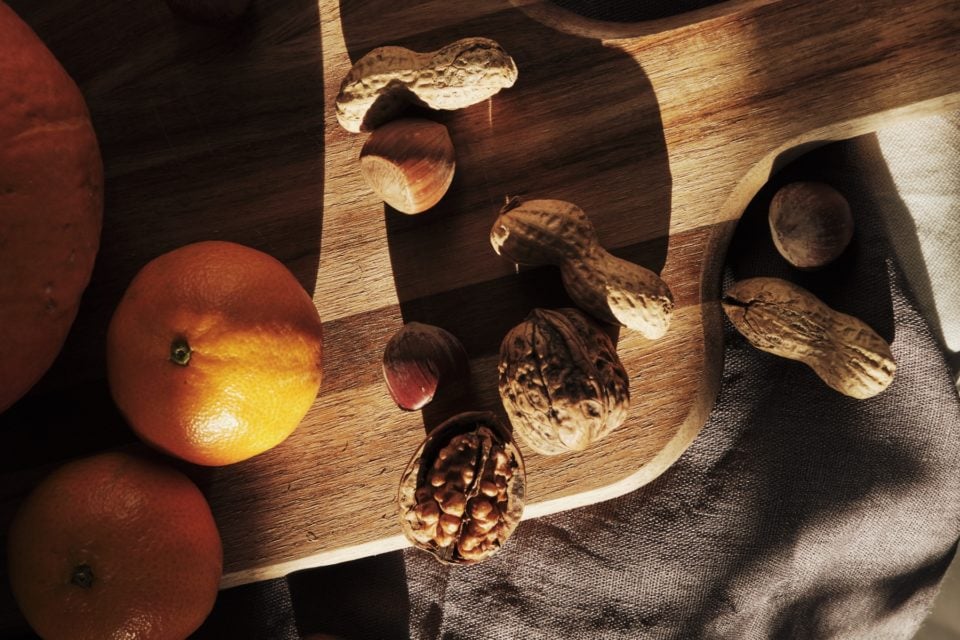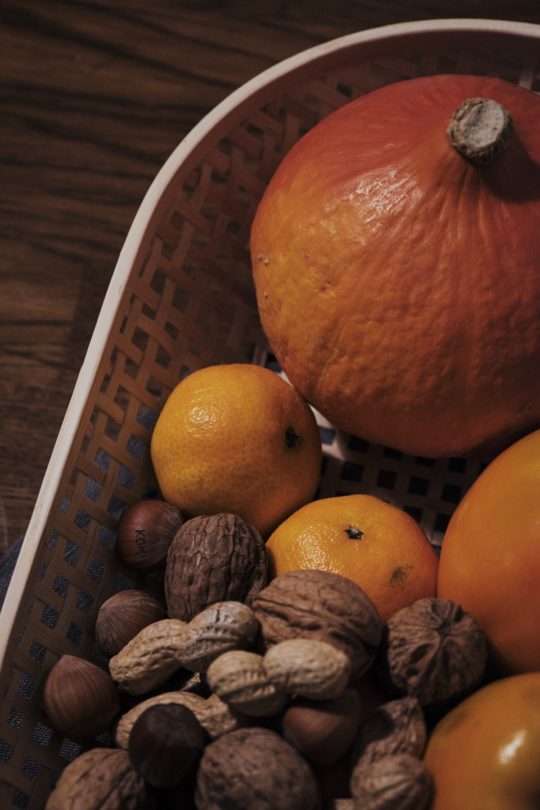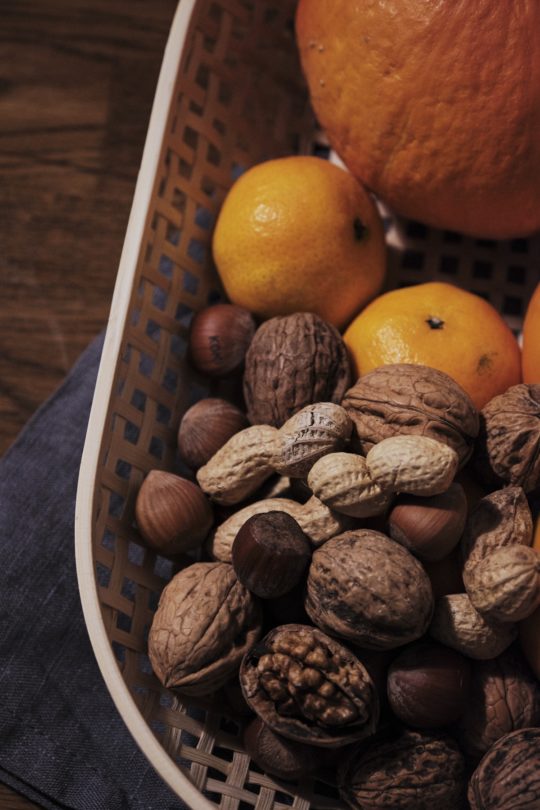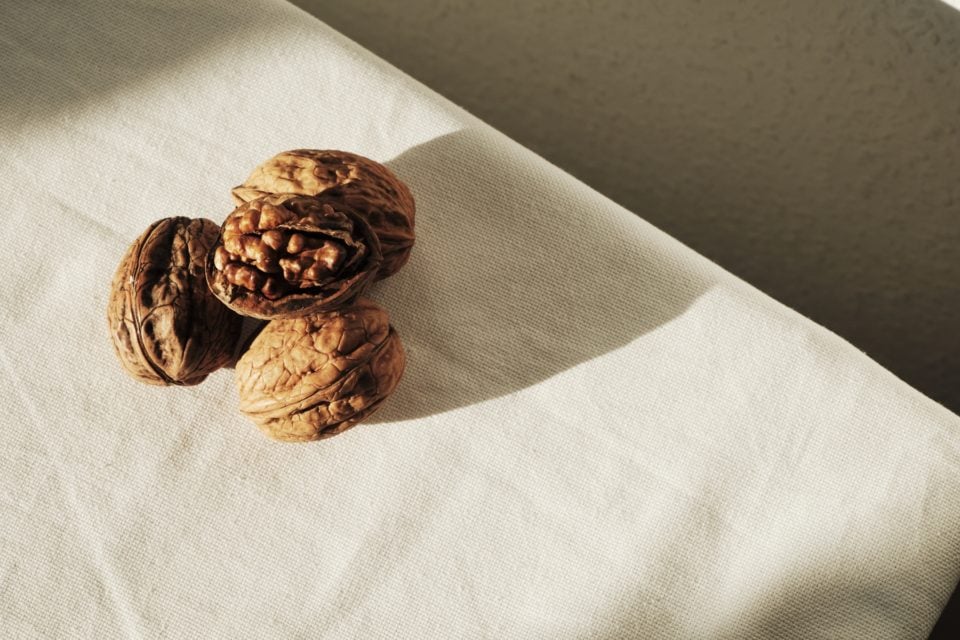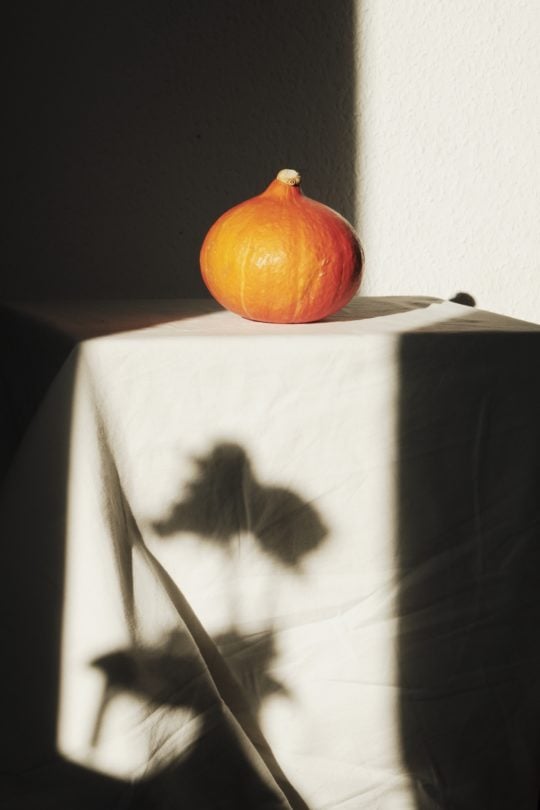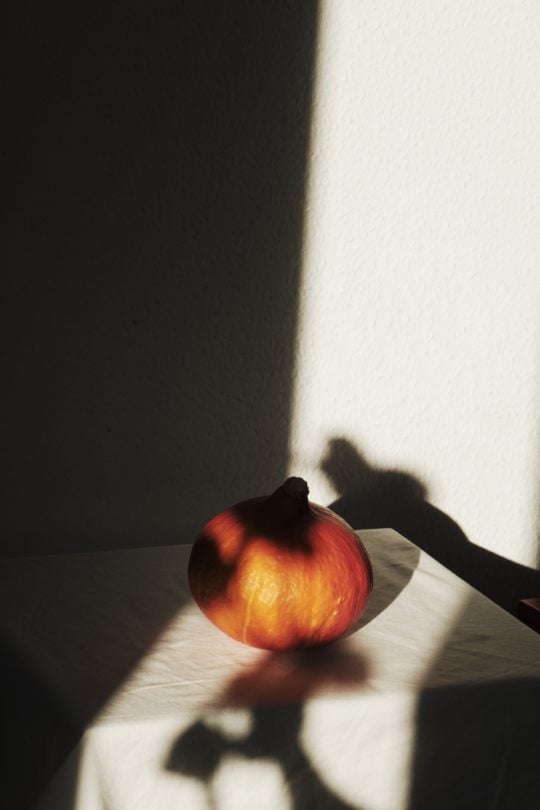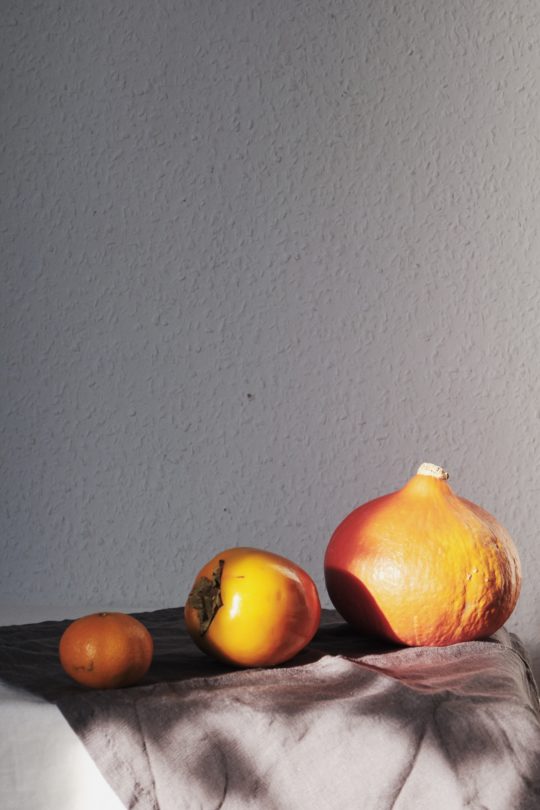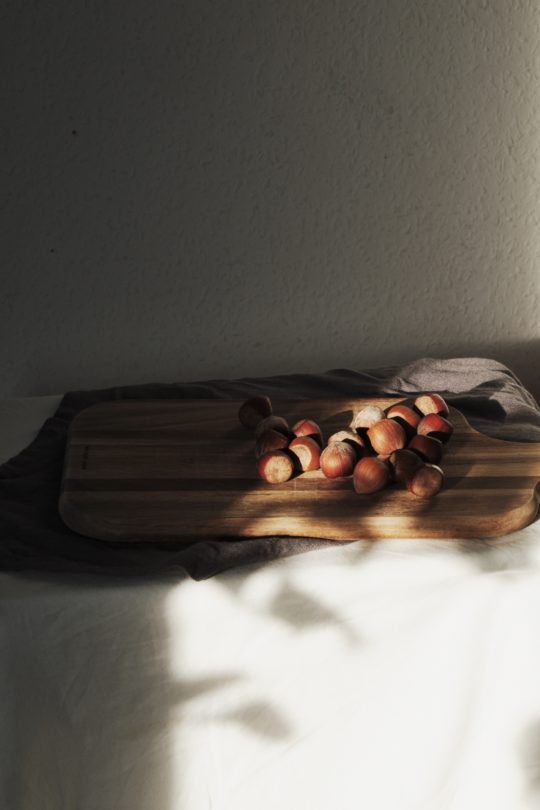THE BEAUTY OF EATING SEASONALLY
It is in autumn that I find eating seasonally particularly beautiful. Now, you say? After summer with all its lustrous, ripe and intense fruits and berries? Yes. Especially now.
THE REASONABLE YET DELICIOUS SIDE OF SEASONAL EATING
Let me take you on a brief seasonal eating tour. In times of climate change and scarce resources eating seasonal, local produce is becoming increasingly popular. It makes so much sense. Why should you fly or ship tons of fruit around the globe when you might as well eat what is growing nearby?
We have become so used to having everything available all the time. So we tend to eat the same dishes and things throughout the year. Tomatoes or strawberries in December? No problem – just head to a regular supermarket and it is there. As a side effect we seem to have lost the connection to nature, and the mere knowledge of what is growing where, and in which season.
All plants, and thus vegetables and fruits need specific conditions – in terms of soil, temperature, water, sun, etc. – to fully grow and ripen. So, some sorts simply can only grow in their natural habitat during a brief time in the year. Can you imagine a delicate strawberry growing in the snow? Ripe, juicy plums on a warm spring day? Probably not.
So shouldn’t we trust nature that everything naturally tastes so much better, richer, and more intense then, with the conditions just perfect?
So coming back to those tomatoes and strawberries in December, they probably have been grown in a greenhouse or flown around the globe. Let’s be honest: have you never noticed that tomatoes are bland and tasteless in January, but blazing and rich in taste in July? Eating locally and seasonally mostly goes hand in hand. To sum it up: Seasonal vegetables do have a low carbon footprint, are fresher, richer in vitamins and nutrients and cheaper, too!
Let us take that thought a bit further: What feels wrong and what feels right? Savouring a juicy, sweet and ripe peach wearing light summer clothes, heading to the beach – or biting hard chunks off it on a cold and rainy day, hand in gloves? Eating a hot, rich and creamy pumpkin soup on a hot 35 degrees day in August – or warming yourself with that very soup after coming home from a long walk on a cold autumn night? I think you can see my point.
WHICH LEADS US TO THE EXCITEMENT OF SEASONAL EATING
If you commit yourself to eating seasonally, of course there will be restrictions and limitations, as all fruits will be out of season and not available sooner or later. But try to see it from the other perspective: so looking forward to fruits coming into season! Imagine how much more you will appreciate a particular fruit when you know it will only be around a short time until it will be gone again? Eating seasonally can be an excuse to celebrate and relish to the point of almost overeating on certain groceries (Ever heard of Germans and Spargel?).
And just as you long await the moment when strawberries, rhubarb and said Spargel hit the shelves every year, you find yourself increasingly looking forward to the first locally produced potatoes, to pumpkin, to kale as well. Not to mention mushrooms season in autumn – from delicate creamy chanterelles to nutty yet intense Grab some to roast on your stove at home. And forget scented candles, have you ever experienced the aromatic scent of a ripe quince?
SO HOW TO START?
Once you start on your journey to eating more seasonally you will gradually sharpen your senses and view on what you eat. First, reconnect with nature. Head out to the woods and fields. Take long walks. Open your eyes and see what is growing right there, now. Apple trees lining your path, some have fallen off. Pick one, and eat it right away. Trees and bushes full with golden sea buckthorn, red rosehip fruits (which are incredibly rich in vitamins) and blue sloe berries.
Then, get informed. Conveniently, the internet and social media is full of season calendars, so all the information is already on a plate. Make sure to follow one for your region, as local, seasonal produce in Germany e.g. is totally different to what Korea has to offer during that time. You can just follow #saisonkalender to be up to date what’s in season in Germany every month. Make a list and ideally think about recipes in advance, so you know beforehand what to make out of those pumpkins, mushrooms, parsnips and more.
Finally, go shopping. I recommend avoiding the regular supermarket where everything is available when you start. Head to a local farmers market instead, and rather stay away from some of the big vendors that, if you look closely, has the same non-seasonal non-local offer as a supermarket. Pick the small, independent stalls that proudly promote their local produce from their own gardens or cultivation. See what they have to offer. Get in touch, talk, ask all your questions and recommendations about recipes. You surely will find new varieties and sorts that you have never seen before.
WHICH LEADS US TO THE LAST ASPECT: THE SHEER BEAUTY OF SEASONAL EATING
Open your eyes and take it all in: those incredible autumn colors! Beaming oranges, reds, yellows and greens in the market baskets who are elegantly paired with the subtle golden and brown shades of falling leaves. How incredibly well they go together, not a single color or form clashing. The sun is coming through the clouds, bathing the whole situation and your market treasures in soft autumn light.
And the good thing: You can bring all this to your home. The admirable red shades of beetroots, the golden yellow of potatoes, the intense orange of pumpkins – cut them in chunky bits, a bit of olive oil, some salt and herbs and into the oven. Nothing is as delicious and beautiful as oven-roasted vegetables on your plate on a grey, cold autumn day.

